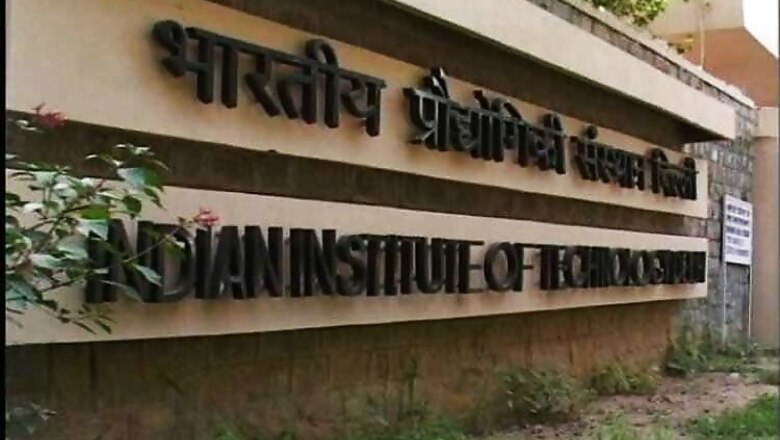
views
Ending the woes of marking attendance for teachers as well as students, the Indian Institute of Technology (IIT) Delhi has developed a mechanism for the purpose using beacons in classrooms and smart phones.
Incurring a cost of Rs 14 lakh, the premiere institute has set up beacons in all its classrooms, which will act as sensors as soon as a student enters the classroom. S/he can then use a smartphone to register their in and out attendance by clicking an instant picture and uploading it.
And this is among a host of other projects that will be on display on April 22 at the IIT's Open House, an annual event to provide an insight into path-breaking research work, student projects and the numerous advanced facilities and laboratories available at the institute.
"Marking attendance has been a tedious process for teachers while students always have complaints that their registered attendance does not reflect their real attendance. Hence, we have developed an arrangement which is comfortable for both and is also technology driven," said IIT professor Brejesh Lall, the in charge of the project.
"A mobile application has been developed and synced with the beacons using two technologies -- geo fencing and face recognition. When a student walks in, s/he can click their picture any point of time and upload it on the app without disturbing anybody else," he added.
The information will get accumulated in the dashboard, using which the project team will compile all the information and send it to the IIT server every evening.
"We conducted a pilot study here for 8 months before going ahead with full fledged installation of beacons. We have also filed a patent for the technology to explore commercialisation prospects for the project," Lall added.
Among other projects that will be exhibited during the Open House are formulation of an eco-friendly and low cost cement, development of blast proof infrastructure for Indian borders, an Automatic Strap Mechanism (ASM) for motorcycle helmet and saliva-based non-invasive glucose bio-sensor.



















Comments
0 comment